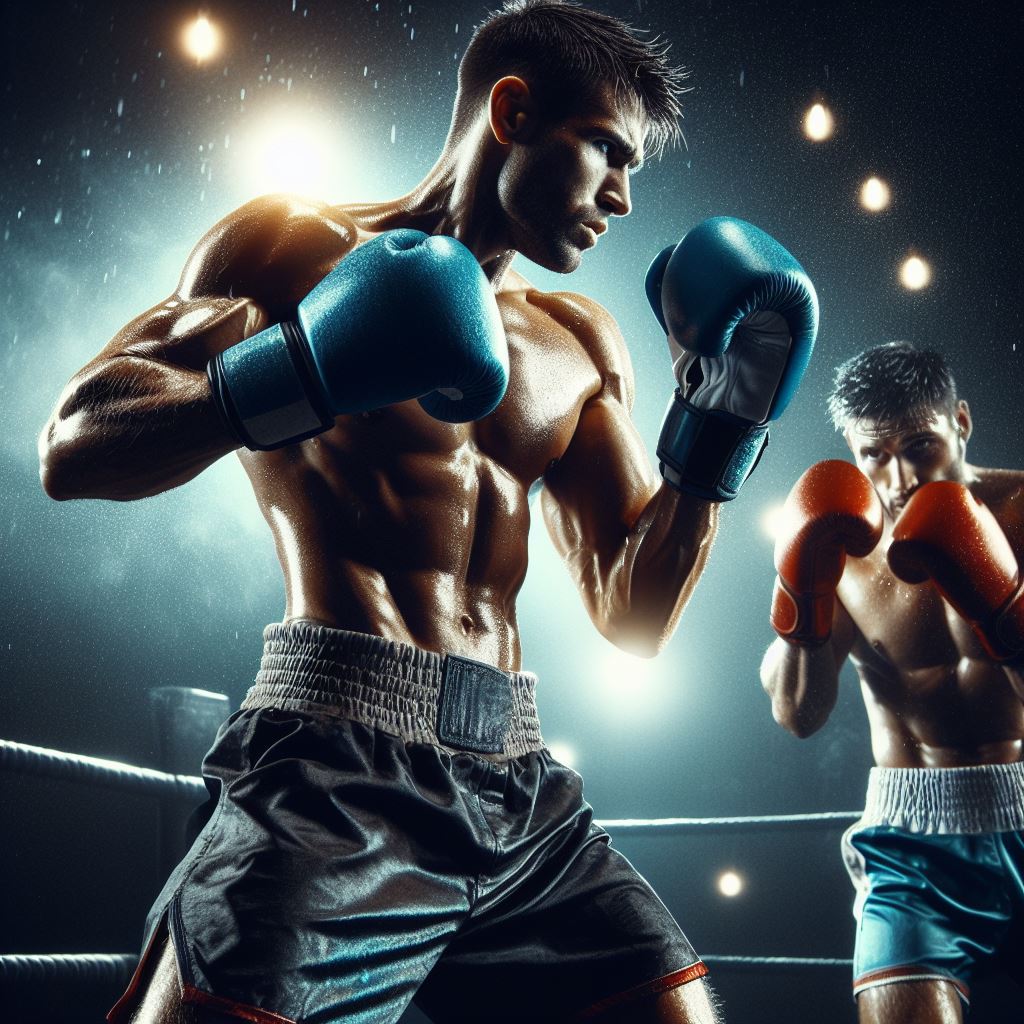Introduction
Table of Contents
Kickboxing Origins
Kickboxing, a dynamic and powerful martial art that fuses elements of traditional karate with Western boxing, has gained immense popularity worldwide.Kickboxing Origins, however, are deeply rooted in history, taking us on a journey across continents and cultures. In this comprehensive article, we will delve into the question: where did kickboxing originate?

The Birth of Kickboxing: A Historical Overview
Early Roots in Asia
Kickboxing origins traces back to Asia, where traditional martial arts were deeply embedded in the cultural fabric. The amalgamation of Karate, originally from Okinawa, Japan, and Muay Thai, the Thai martial art, laid the groundwork for what we now recognize as kickboxing. The 1960s and 1970s saw the emergence of various full-contact karate styles that incorporated powerful kicks and punches.
Evolution in Japan
Japan played a pivotal role in kickboxing’s evolution. The term “kickboxing” was coined in the early 1960s as a sport that combined karate kicks with Western boxing techniques. This new martial art gained popularity in Japan, becoming a staple in martial arts competitions. Notable figures like Tadashi Sawamura and Kenji Kurosaki played key roles in shaping kickboxing as a distinct discipline.
Spread Across Continents: Kickboxing Goes Global
North America’s Embrace
Kickboxing reached North America in the 1970s, finding a receptive audience eager for new and exciting forms of martial arts. The sport gained momentum with the advent of televised matches, captivating audiences and leading to the establishment of kickboxing as a legitimate combat sport.
Europe’s Infatuation
During the same period, kickboxing also found its way to Europe. Countries like the Netherlands and the United Kingdom embraced the sport, contributing to its growth and global recognition. European kickboxers began making a mark on the international stage, further solidifying kickboxing’s status as a global phenomenon.
Cultural Impact and Evolution
Fusion of Styles
The unique appeal of kickboxing lies in its fusion of different martial arts styles. The incorporation of powerful kicks from traditional karate and the devastating knee and elbow strikes from Muay Thai creates a dynamic and versatile form of combat.
Modern Variations
As kickboxing spread across the globe, regional variations emerged, adding diverse flavors to the sport. American Kickboxing, Japanese Kickboxing, and Low Kick are some of the prominent styles, each with its distinct rules and techniques.
The Significance of Kickboxing in Modern Times
Fitness and Self-Defense
Beyond its roots in combat sports, kickboxing has become a popular choice for fitness enthusiasts seeking a high-intensity workout. The combination of cardiovascular exercise and strength training in kickboxing classes appeals to those looking to enhance their physical fitness.
Competitive Landscape
Today, kickboxing stands as a globally recognized sport with numerous organizations organizing high-profile competitions. Fighters from different parts of the world compete in championships, showcasing their skills and contributing to the sport’s continued evolution.

Information-Based Table: Kickboxing Origins Overview
| Style | Origin | Key Characteristics |
|---|---|---|
| Traditional Karate | Okinawa, Japan | Emphasis on precise and controlled strikes |
| Muay Thai | Thailand | Utilizes elbows, knees, and clinching techniques |
| American Kickboxing | USA | Incorporates Western boxing techniques with kicks |
| Japanese Kickboxing | Japan | Full-contact sport with rules similar to Western boxing |
| Low Kick | Europe | Focus on leg kicks, with restrictions on high kicks |
Conclusion
In conclusion, kickboxing origins are deeply rooted in the rich tapestry of martial arts history, starting from Asia and spreading across continents. Its evolution, fueled by a blend of traditional and modern influences, has shaped kickboxing into the dynamic sport we know today. As it continues to gain popularity globally, kickboxing remains a testament to the enduring appeal of martial arts.
Frequently Asked Questions (FAQs)
- Q: Where did kickboxing originate?
- A: Kickboxing originated in Asia, blending elements of traditional karate from Japan and Muay Thai from Thailand.
- Q: Who coined the term ‘kickboxing’?
- A: The term ‘kickboxing’ was coined in the early 1960s in Japan to describe a sport that combined karate kicks with Western boxing techniques.
- Q: How did kickboxing spread to North America?
- A: Kickboxing gained popularity in North America in the 1970s, propelled by televised matches and a growing interest in diverse martial arts.
- Q: What are the main styles of kickboxing?
- A: Traditional Karate, Muay Thai, American Kickboxing, Japanese Kickboxing, and Low Kick are some of the main styles of kickboxing.
- Q: Is kickboxing only a competitive sport?
- A: No, kickboxing has evolved beyond competitive sports and is now a popular choice for fitness enthusiasts seeking a high-intensity workout.
- Q: Which countries in Europe embraced kickboxing early on?
- A: The Netherlands and the United Kingdom were among the European countries that embraced kickboxing in the 1970s.
- Q: What makes kickboxing unique compared to other martial arts?
- A: Kickboxing is unique for its fusion of traditional karate kicks and Muay Thai strikes, creating a dynamic and versatile combat style.
- Q: How has kickboxing evolved over the years?
- A: Kickboxing has evolved with regional variations, leading to styles like American Kickboxing, Japanese Kickboxing, and Low Kick, each with its own rules.
- Q: Can anyone practice kickboxing for fitness, or is it only for fighters?
- A: Kickboxing is accessible to everyone, offering a high-intensity workout suitable for fitness enthusiasts and individuals interested in self-defense.
- Q: Are there different weight classes in kickboxing competitions?
- A: Yes, kickboxing competitions typically feature different weight classes to ensure fair competition among fighters of similar sizes.
- Q: What role did Japan play in the early development of kickboxing?
- A: Japan played a pivotal role in kickboxing’s early development, with key figures like Tadashi Sawamura and Kenji Kurosaki contributing to its evolution.
- Q: Is kickboxing recognized as an Olympic sport?
- A: As of now, kickboxing is not recognized as an Olympic sport, but efforts are ongoing to include it in future Olympic Games.


